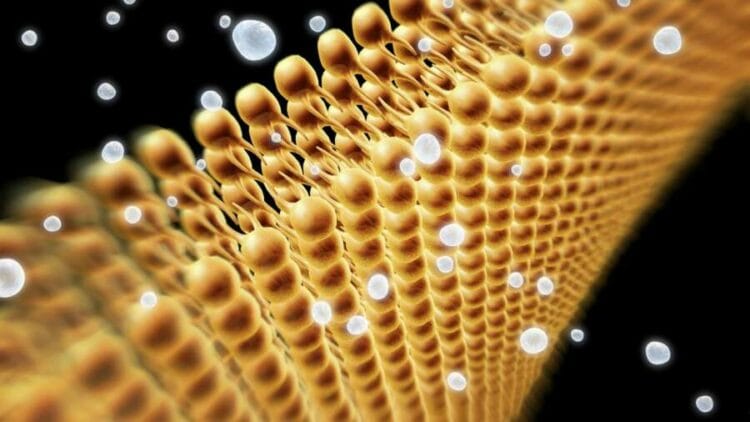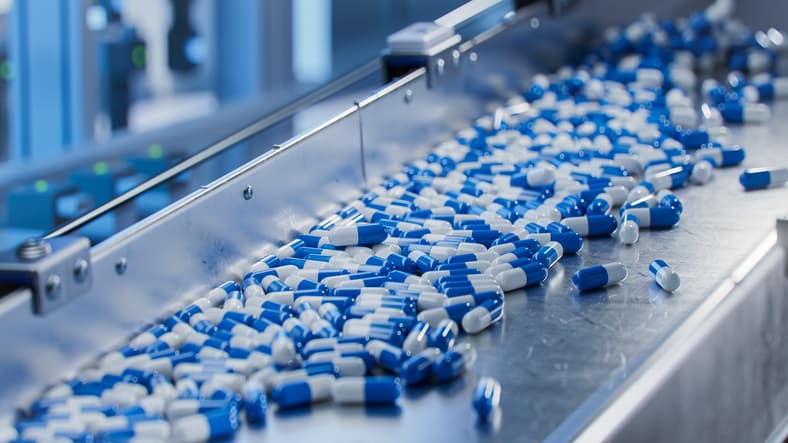
An ion is defined as a semi-conductor, which holds either a positive or negative electrical charge of a certain magnitude. In this article, we will explore the different types of ions, their properties and how these ions are important for our everyday lives.
An ion is a form of matter which has its own unique arrangement of atoms and molecules. In the case of an ionic compound, an ion is simply defined as an organic chemical substance that contains either a positive or negative electrical charge of some kind. So, all ions in an organic compound are either a higher number of positive electrons than negatively charged protons, or they are a higher number of negatively charged electrons than positively charged protons. This means that the ions present in an organic compound have both a zero or a positive charge. And like any other charged substance, they need to maintain this balance.
All ionic compounds possess a negative and positive charge and it is these two charges that keep them in existence and produce what we call an ion. However, unlike most substances, which are naturally produced from the chemical reactions within the atmosphere, ionic compounds must be artificially created by scientists. These compounds may then be studied in the laboratory. It is possible for us to make our own ionic compounds using readily available chemical building blocks, or we may find ionic compounds in nature.
Ionic compounds are a group of highly reactive electrically neutral particles which interact with each other through electrostatic attraction and repulsion. The presence of positive and negative charges in a molecule produces this interaction and allows two electrically neutral particles to interact.
Ionic compounds can also carry an electric current. The electric charge of one particle is attracted to the charge of another one, and this in turn causes the first particle to gain an electrical charge. These processes allow ions to carry electricity between their positively charged protons and negatively charged electrons.
It is possible for us to create an ionic compound using a reaction between an organic chemical compound and a metal ion. There are also many other ways that we can create ionic compounds through chemical reactions, including the oxidation of organic compounds.
Ionic compounds are a very diverse group of electrically charged chemical substances. They are used in all parts of our lives, and in all forms of energy generation. Their existence in nature is so common, that they are the most commonly found element in all forms of life on Earth. Although they were first discovered in the atmosphere, ionic compounds can also exist in water, where their ionic composition is very similar to the one found in the Earth’s outer atmosphere. The presence of ions in the water molecules allows it to have a certain degree of electrical conductivity, which is why most lakes, rivers, and streams contain them.
Ions are most often associated with the movement of negatively charged particles, such as electrons and protons. Because ions are negatively charged, the presence of negatively charged ions in the environment can cause the movement of negatively charged electrons in a liquid, thus creating electrical currents.
Another way that we can create ionic compounds is through the use of an electrolysis process. Electrolysis is the process of breaking down a solid material into its constituent ions, with the use of an electric current. Ion exchange or electrolysis is a popular method used by some plants and animals to create ions. Electrolysis is also one of the simplest ways that we can create ionic compounds through the use of an electrolysis cell.
To summarize, ionic compounds are electrically charged particles. These particles are essential to life, since they help maintain the balance of electrically charged ions in the body.


